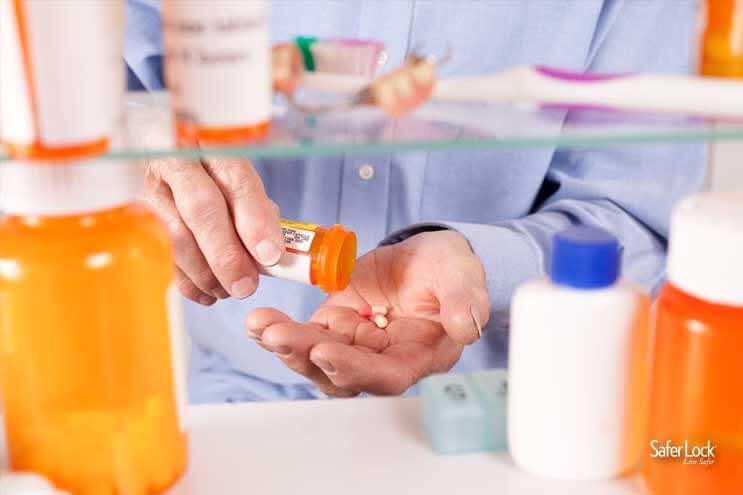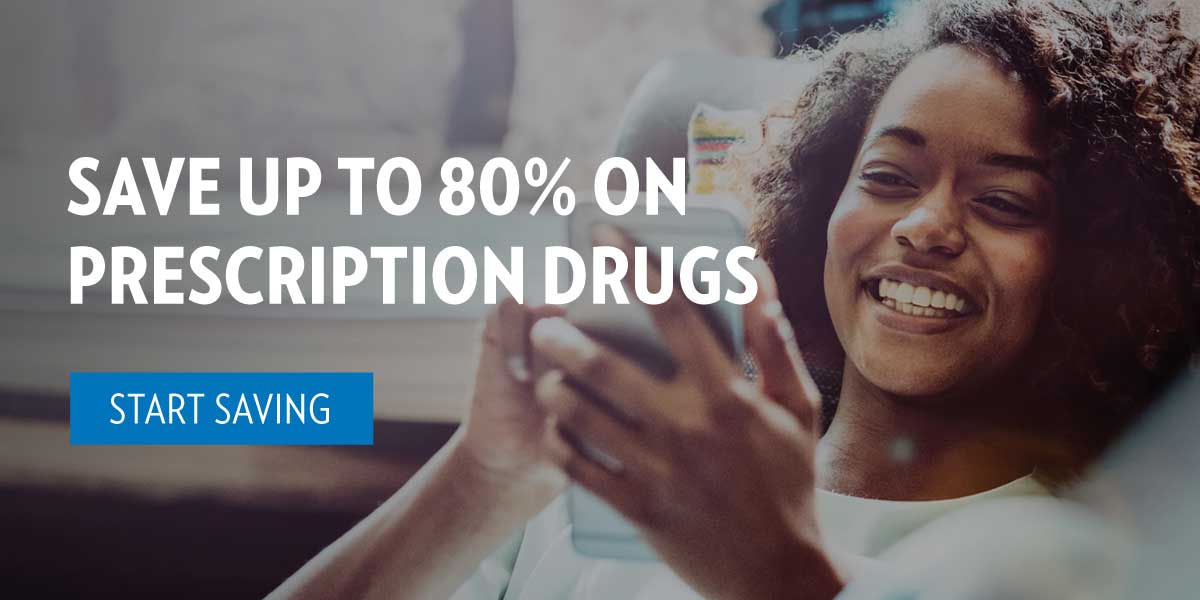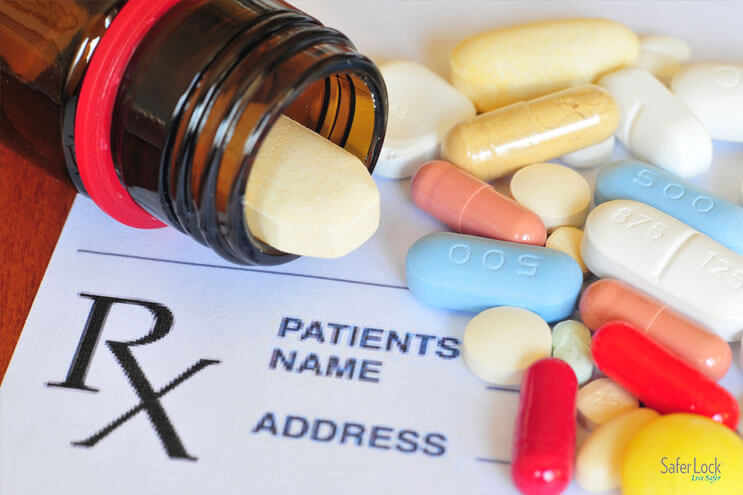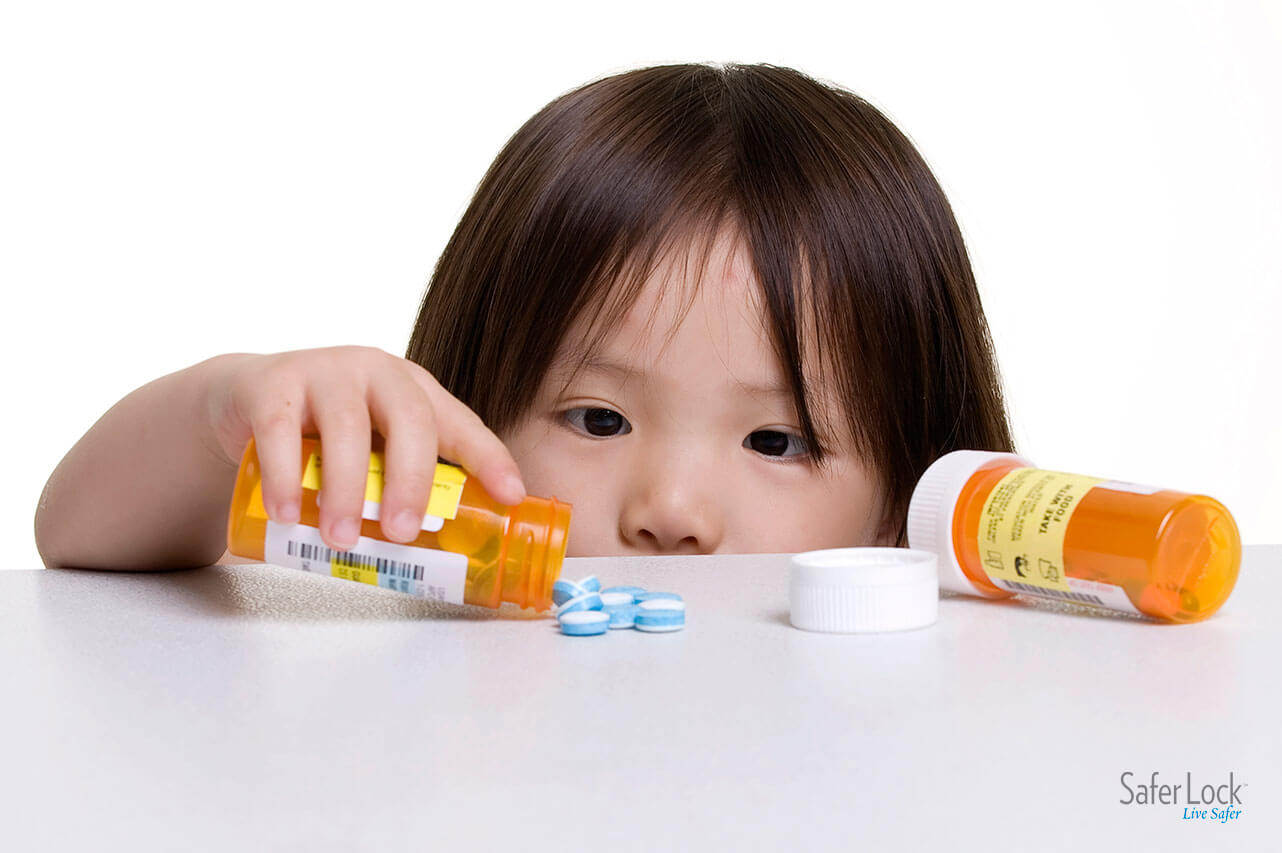Prescription opioids have come under a lot of fire and scrutiny in the wake of the opioid epidemic. Yet many people rely on opioids for pain that would otherwise severely impact their quality of life. As many as 100 million Americans suffer from chronic pain, and 58% of people say prescription medication is fairly effective at helping them manage their condition.
However, having a prescription for opioids in your home comes with a risk, and a large responsibility.
Here are ten guidelines to help you use opioids in a safe and responsible way if you and your doctor have decided that prescription pain pills are right for you.
#1: Know the Active Ingredients
The active ingredient in many prescription pain medications such as Oxycontin, Percocet, and Percocet is oxycodone. The active ingredient in painkillers such as Norco, Vicodin, and the extended release drug Zohydro ER is hydrocodone.
Both oxycodone and hydrocodone are semi-synthetic opioids, which means they’re made by modifying an organic compound found in opium.
These active ingredients work by binding to the pain receptors in the brain to reduce the perception of pain.
#2: Understand the Risks
Every medication comes with risks and the potential for side effects, and opioid painkillers are no different.
Side effects of oxycodone products include:
- Breathing irregularity or respiratory depression
- Increased pressure of cerebral and spinal fluid
- Headaches
- Nausea
- Dizziness
- Seizures
- Heart failure
- Low blood pressure
- Respiratory depression
- Overdose death
Oxycodone and hydrocodone are both schedule II drugs, which means they have a high potential for being abused. Oxycodone and other opioid painkillers work in the brain like many other illicit drugs – by elevating dopamine levels (the feel-good chemical) and changing the way the brain functions with repeated use.
#3: Use as Directed
It’s unclear exactly how many people who use opioids to manage chronic pain are at risk for abuse or addiction. In studies that used urine screening as an objective measure for drug abuse found abuse rates as high as 47% for patients with chronic pain.
Misuse and abuse of opioids occurs when patients take these prescription painkillers in a manner or frequency not recommended by medical professionals. That could include doubling a dose, chewing an extended release pill rather than swallowing it, or taking the next dose ahead of schedule.
To prevent the possibility of misuse, abuse, or addiction, always use opioids as directed. If you miss a dose, don’t double-up on your next dose.
#4: Don’t Change Your Dose
Talk to your doctor before increasing or decreasing your dose of opioid painkillers – don’t take it on yourself to change your dose without medical supervision.
Increasing your opioid dose could do more harm than good. A study revealed that pain patients prescribed higher-doses of opioids reported poorer health compared to non-opioid and lower-dose opioid patients. High-dose opioid patients also had higher rates of mental health and substance abuse disorders and more emergency room visits.
Increasing your dose can also lead to opioid intolerance, a common side effect of prescription painkillers. When a patient first receives a prescription for opioids, a smaller dose typically provides relief from pain. Over time, the brain and body adapt and become desensitized to that dose. An increased dose may provide relief for a while, but then intolerance can strike again. Opioid intolerance is often associated with long-term opioid use.
Stopping opioids immediately can lead to withdrawal symptoms. If you’re ready to discontinue use of your prescription painkillers, talk to your doctor about a plan to taper your medication dose.
#5: Don’t Mix with Other Medications
Other medications can become dangerous – or even deadly – when mixed with opioids.
According to the Cleveland Clinic, these commonly prescribed medications can become more potent when combined with opioids:
- Benzodiazepines such as Xanax are commonly prescribed for anxiety. But, like opioids, they also reduce your respiratory rate and can be addictive.
- Sleep aids such as Ambien are popular remedies when you’re struggling with poor sleep. But because they decrease your respiratory rate, they’re not safe to take with opioids.
- Muscle relaxants such as Soma may be prescribed for muscle pain. But they’re unsafe to use with opioids because they can also cause increased sleepiness and reduce your respiratory drive.
From 2004 - 2011, the number of patients prescribed both an opioid and a benzodiazepine tripled, and so did instances of overdose deaths due to prescribed or greater than prescribed doses of the two medications. In 2016, the FDA began requiring both opioids and benzodiazepines carry a black box warning highlighting the risks of combined use.
#6: Don’t Mix Opioids with Alcohol
Mixing opioid painkillers with alcohol can increase the risk of a dangerous and potentially life-threatening side effect known as respiratory depression.
Researchers have found that even a single oxycodone tablet can reduce the amount of air a patient breathes per minute by 28%. Adding alcohol to the equation can further reduce the amount of air by an additional 19% – a total decrease of 47%. Researchers also found that combining opioids with alcohol can increase the number of times a patient temporarily stopped breathing.
Even one alcoholic beverage (a glass of wine, a beer, or one cocktail) combined with a single opioid painkiller can put you at risk for respiratory depression or death. Alcohol and opioids don’t mix.
#7: Don’t Use Opioids and Drive
Statistics show that drivers killed in car crashes are more likely to be under the influence of drugs than alcohol, according to Governors Highway Safety Association (GHSA).
The number of drivers who tested positive for drugs after dying in a crash rose from almost 28% in 2005 to 43% in 2015.
Some of the side effects of opioids can make it unsafe to drive a car. One pilot study looked at the driving performance of chronic opioid users and found the patients had greater difficulty following instructions and a tendency towards impulsivity when behind the wheel.
Another study found that prescribed opioids were associated with a 62% increase in collision risk – comparable to that of driving after alcohol use.
Think of opioids just like any other drug or alcohol that can impair and avoid driving after you’ve medicated.
#8: Lock Your Meds
Where do you store your medications? Many people keep their prescription and OTC meds in a bathroom or kitchen cabinet. You may even keep some in a purse, on a nightstand, or in a briefcase for easy access.
But failing to secure opioids comes with some major risks for you and your family.
- In the past month, 5.2 million Americans abused prescription opioids and 2.1 million people used an opioid non-medically.
- 56% of students who have used prescription opioids say they got them for free from friends or relatives and 9% reported buying them from a friend or relative.
Unfortunately, your prescription painkillers are highly desired in the midst of a staggering opioid epidemic that’s sweeping the country.
Unsecured opioids could be the catalyst for a teen to try a drug for the first time. By leaving your medications unlocked, you could unwittingly become a drug dealer for your kids or their friends.
Leaving your opioids unsecured also leaves you vulnerable to be a victim of opioid theft. Would you notice if someone took one or two pills from your prescription bottle?
What happens when you run out early?
Tightening regulations on prescribers and pharmacies could make refilling your rx early a hassle and result in you not getting the medication you need when you need it.
Keeping your opioids locked and secured in a combination locking bottle or locking medicine box can help you avoid medicine misuse and theft. And it can also help keep your family safe.
#9: Keep Opioids Away from Children
Did you know that 90% of poisonings happen at home? And the majority of poisonings occur in kitchens and bathrooms where kids can accidentally ingest harmful substances like medications.
Accidental medication poisoning is the leading cause of child poisoning in the US. Young children are particularly susceptible; they’re curious and tend to explore the world around them by placing objects in their mouth.
A SafeKids report suggests that 95% of unintentional medication overdose visits to the ER are a result of a young child who got into medicine when a parent or caregiver wasn’t looking.
Keep your opioids locked up, out of sight, and out of reach of children and you may be able to prevent an accidental poisoning situation in your home.
#10: Dispose of Opioids Properly
When you no longer need your prescription opioids, don’t keep them around “just-in-case.”
Dispose of them properly.
Expired or old medications can be less effective; the chemical composition of a drug can change with time and increase its risk.
Opioids in your home can be a threat to your family’s safety. They pose a risk for misuse, abuse, addiction, and overdose for teens, and a poisoning risk to small children. You can avoid this risk entirely by disposing of your opioids when you no longer need them.
But don’t just flush your few remaining pills down the toilet. There is a right way to dispose of unwanted meds, including:
- Look for a medication drop-off location near you.
- Participate in a medication take-back event.
- Follow the FDA recommendations for throwing away medications.
Millions of Americans are prescribed opioids for pain relief every year. Opioids can be very powerful drugs that come with many risks. But that doesn’t mean every bottle of painkillers comes with a prescription for overdose, addiction, or accidents. Understand the risks, work with your medical professional to ensure you’re using opioids in a manner that minimizes the risk for misuse/ addiction, store them responsibly in your home, and dispose of them once you’re done.




